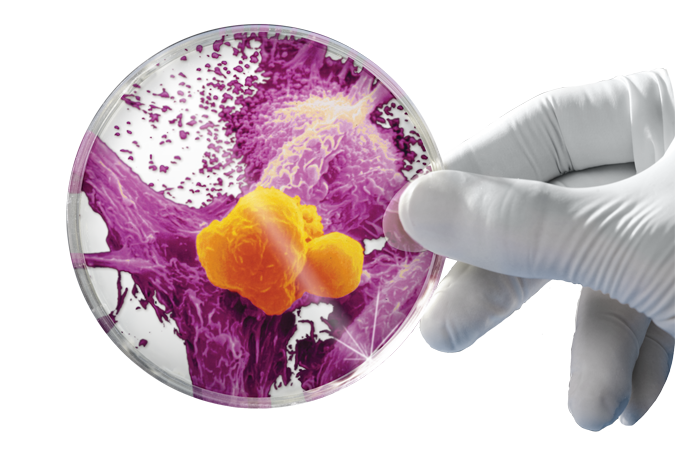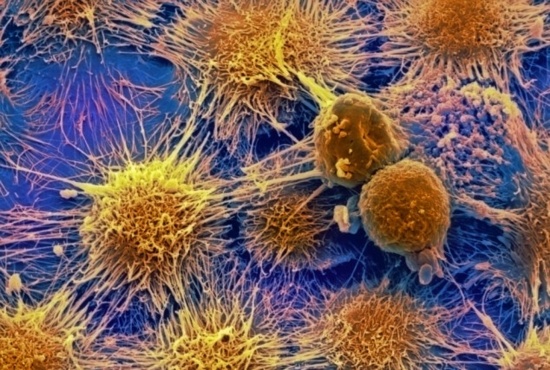Throughout history, various medical cures have become popular in spite of the fact that at first glance many people might think they were, in fact, barbaric. For instance, the Mayans and Incans favored trepanation, a process in which a person who suffered seizures or migraines had holes drilled in his head to release pressure… Bloodletting was used to cure just about every possible ailment right up until the 1900s and has recently come back in fashion. And let’s not forget drinking one’s own urine and bathing in it, a practice that even today, some still swear by. And if this sounds odd to you, then consider that urea is a major component of many skin care products. Then, there’s chemotherapy.
In future years, it’s a good possibility that people will look at chemotherapy as practiced in the 20th Century as insane and barbarous….
It really doesn’t make logical sense to destroy whatever health a person has left, render the person bald, extraordinarily weak, sick, anemic, and nauseous so that the patient may gain a few months of greatly compromised life, if she doesn’t die from the chemo itself first. (Okay, there are some exceptions when chemotherapy really does prolong life, but in many cases, the tradeoff is a bad deal.) But there’s a new buzz in the medical community that’s starting to question the tried and true chemotherapy approach, with emerging evidence to support alternative, or at least less aggressive, therapies.
Last month there was a lot of talk about a study out of the University of Cambridge that concluded tumors should be kept alive rather than wiped out at the cost of surrounding healthy tissue. As noted by many, the scientists concluded that “…since chemotherapy kills off healthy cells surrounding the tumor, it inadvertently opens a clear pathway for expansion of the tumor, actually giving the cancer a boost even while shrinking it. What if medical treatment, instead of killing the marauding cancer cells via chemotherapy and radiation, worked to keep healthy cells alive?”
Now, several new studies are touting other possibilities. The first one actually does employ chemotherapy, but in a new and very different way, cutting so far back on dosages that most of the ill effects of the drugs are avoided. In this approach, developed by Dr. Robert Gatenby and his team at the H. Lee Moffitt Cancer Centre and Research Institute in Tampa, Florida, the goal is not to kill tumors, but to contain them.
In their study, the scientists administered the chemotherapy drug paclitaxel to mice that had breast cancer, giving one group the standard, tumor-killing treatment of high doses over a period of time. The other group received one initial high dose, but then the dose was progressively reduced down as the scientists watched to see if the tumor responded. The amount was adjusted to ensure that a small number of the drug-sensitive tumor cells remained alive. This approach is called “Adaptive Therapy.”
It turned out that the tumors in the mice getting the normal, high dose did indeed shrink, but then the tumors grew back as soon as the treatment ended. This is not unusual in chemotherapy treatment–an initial dramatic shrinking of the tumor while the patient feels terrible from the effects of the drugs and then the tumor returns as soon as treatment ends–because administering high doses of anti-cancer drugs sometimes actually leads to drug resistance and breeds a new crop of drug-resistant tumor cells.
The group of mice on low dose chemo, in contrast, did not experience tumor growth and in fact, 60 to 80 percent of them were able to wean off the drug completely with absolutely no regrowth over time. In short, the low dose treatment worked a lot better than traditional chemo and caused a lot less collateral damage. As is usual with animal studies, though, success with mice doesn’t automatically mean that humans will experience the same results. Still, the scientists are hopeful.
In fact, Dr. Gatenby says, “Our results suggest that this adaptive therapeutic strategy can be adapted to clinical imaging and can result in prolonged progression-free survival in breast cancer…Finally, we note that this may be applicable to a wide range of breast cancer treatments including hormonal manipulation and immunotherapy…” In other words, not only might it work with humans, but adjusting the dose down might also improve results in other types of treatment.
Meanwhile, researchers just announced that they’ve found a way to slow the growth of tumors for an average of 10 months without chemotherapy in the case of advanced, aggressive breast cancer. In a study of 521 patients published in Lancet Oncology, patients received a combo of a hormone drug called fulvestrant and another drug with the name ‘palboclibib.’
True, we’re not talking about a drug-free treatment, and these pharmaceuticals do have side effects. About two-thirds of women in the study developed a type of low white blood count that made them more susceptible to bacterial infections, although less than one percent actually developed such infections, plus about one-third experienced considerable fatigue. Even so, the effects were far less toxic and devastating than those brought on by traditional chemotherapy, and the women who received this combination lived an average of five months longer than a control group without resorting to chemo. In fact, the tumors shrank in one out of every five participants.
[thrive_link color=’blue’ link=’https://chipsahospital.org/’ target=’_self’ size=’big’ align=’aligncenter’]CLICK HERE TO LEARN HOW YOU CAN FIGHT CANCER [/thrive_link]


























